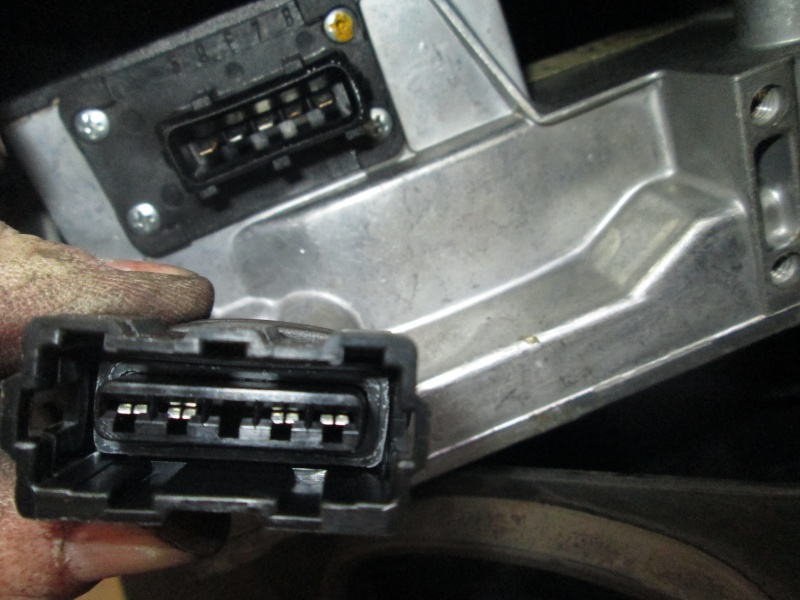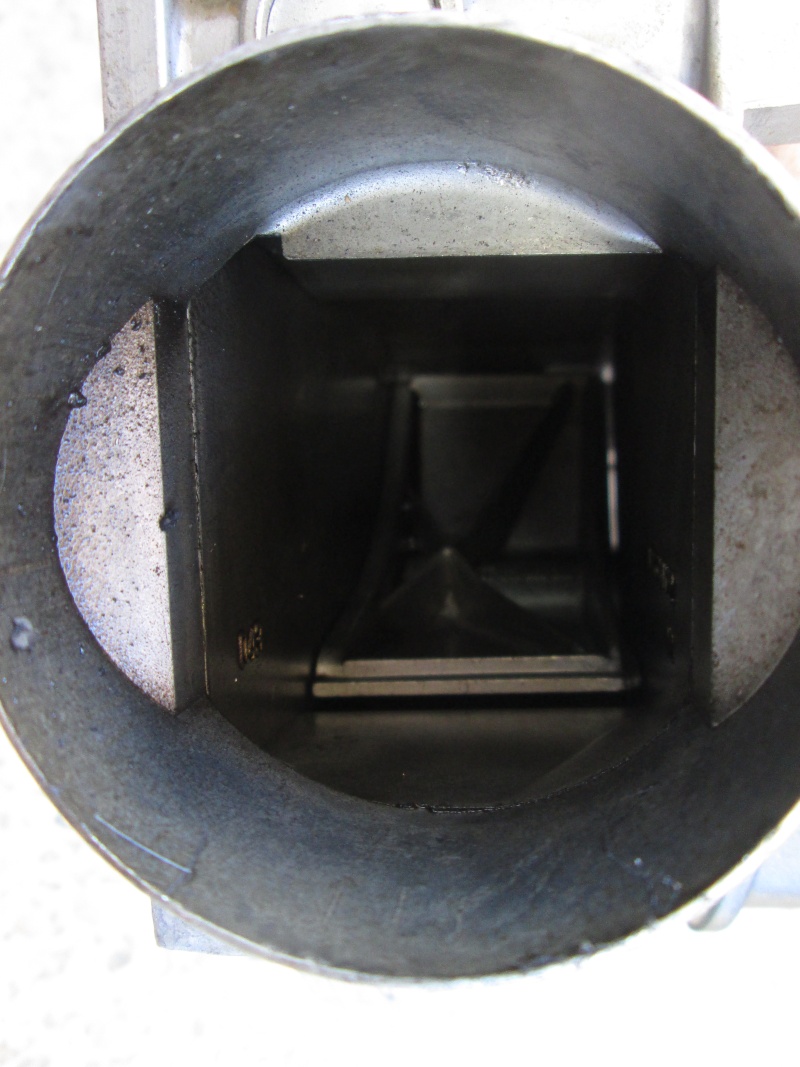92KK K100LT 193214 wrote:Ed
At the risk of repeating what has been said elsewhere, be very careful with the meter.
I am not totally up to date with them but what I do know is don't use one on the bike without good advice. Any self powered meters [with a battery in them] can spike and destroy some of the [expensive] electrics.
There are posts here about it but others [Rick] with more knowledge than I have will point you right.
Cleaning connections, opening them one at a time and proceeding in a logical manner is generally ok as long as you disconnect the battery, [preferably the night before so any residual power and also fuel pressure is dissipated]. Doing them one at a time means you are ok without the wiring diagrams too, or can avoid constantly referring back to one. Less room for error and ideal if knowledge is on a learning curve. This also gives you opportunity to check all the wiring and can be done in a warm workshop and mug of steaming tea cool beer alongside.
The ideal of course is that all is working fine before you start. With what you have its good to look at what might be the more obvious ones.
just a heads up ,
almost all modern digital meters are run from a little micro onboard ...unless you have a particular tester that is built for high voltage "mega" testing ...looking for voltage break down and leakage
gone are the days of 27 volt batteries onboard for resistance measurement on an insensitive analogue meter movement and all those high current/voltage reference stuff .
but having said that ...be aware when playing with sensitive electronics on the cpus in the ignition and efi modules also the hall effect devices in the ignition pickup the only other place I can think of is the gear change indicator circuits in the meters module , and possibly the bmu , but considering all these have cmos buffered circuitry ...should be safe up to 16 volts maximum .
almost all the electronics in our bm's have some form of discreet regulator circuitry on the voltage input to the module .
so unless you have a bad earth to the battery or alternator (letting the voltage rise above normal conditions ) you should be mostly ok to go and play .
keep in mind that on most digital circuits we are not looking for resistance measurements into the module ...we would be looking for resistance measurements from the feeding sensor to the module ....eg temperature sensor ....which feeds the ecu - efi with some form of return volts or resistance . in these cases we disconnect the sensor from the electronic module before conducting measurements on the sensor only . never try to measure a
resistance on a circuit that is still connected to the electronic brain part ...unless it is specified as an output with an adequate "driver" for rugged conditions .
not only will you get a weird and unexpected result from specified ...you just might cause some damage under these circumstances .
if you think that anything on the vehicle has some form of computer ....please .....ditch any of the self powered lamp continuity testers ...do not even let one loose in the garage ...if there is anything computerised in there ......this includes the lamp type testers of olden days to check for continuity or "power " arriving at the right place even an analogue meter with less than 50.000 ohms per volt is a worry .what was good on an old 50s chevy aint nowhere near sophisticated enough to let loose in a shed with a computer insideof coarse some folks know what they are doing, but I have stories of these same folks doing the wrong thing ...at least they know of the consequences.


 problem starting Wed Oct 02, 2013 7:20 am
problem starting Wed Oct 02, 2013 7:20 am























